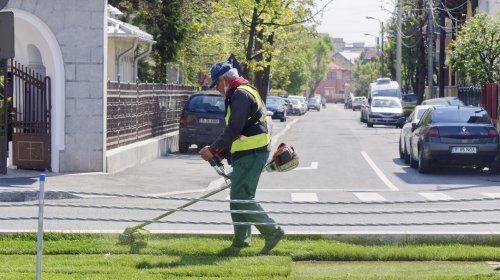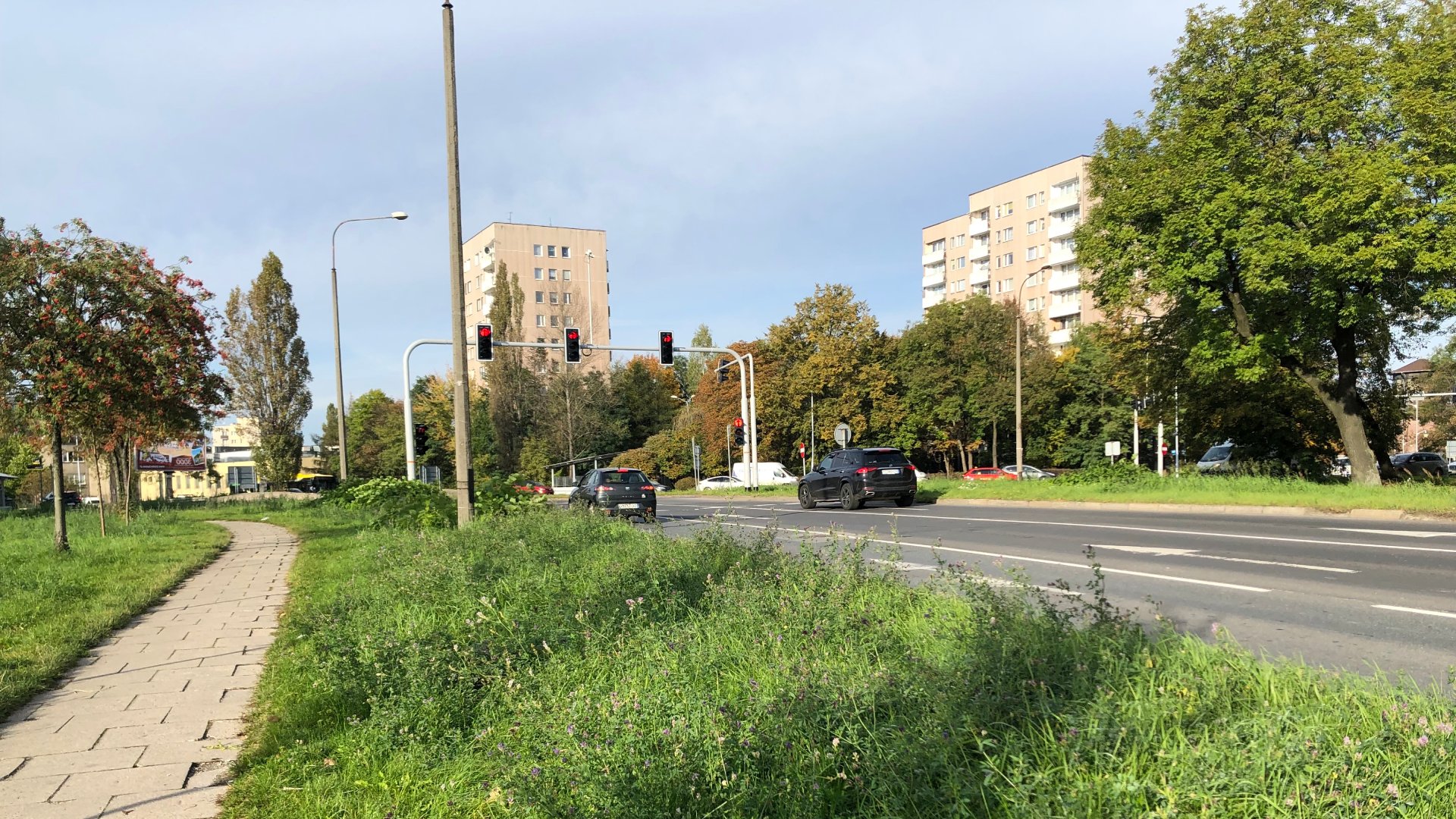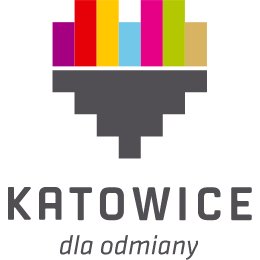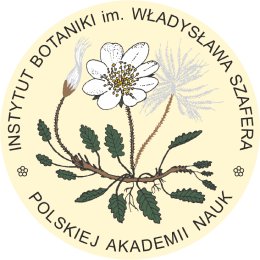Scientific context of the study
The intensive development of urban areas and road networks has contributed to significant changes in landscape structure and ecosystem functioning around the world. There are many negative effects of these changes, among others, fragmentation and isolation of natural habitats, formation of urban heat islands, light pollution, anthropogenization of soil, deterioration of water relations, loss of biodiversity, etc. As the climate warms up, the impact of negative phenomena will increase, significantly affecting the quality of life of urban residents. We can counteract this by taking conscious measures in cooperation with various communities and based on the result of thorough scientific research. Nature can assist us in these efforts by providing “ecosystem services” – arrange of states and processes that positively affect the human habitat. Examples of such services include water retention, oxygen production and carbon dioxide absorption or pollution capture. It is, therefore, worth ensuring that our cities have as many high-quality green spaces as possible, the services of which will compensate for the impact of negative phenomena, such as episodes of high temperatures and intense drought. One of the measures that can contribute to improving the quality of the natural component of cities is to reduce the mowing of roadside lawns to the necessary minimum, and as a result, transform these inherently poor communities into well-functioning and eye-pleasing ecosystems of “floral urban meadows.” Such meadows will play an important role in the urban landscape – they will not only become biodiversity strongholds, which are lacking in urban areas, but will also perform a number of important functions: regulatory, protective, sheltering, aesthetic, etc., that are beneficial from the point of view of human well-being. Increasing the acreage of urban meadows should therefore be seen as part of sustainable urban development – a process in which clean environment and the health of residents are indispensable.
Project execution



Project objectives
Scientific
We will investigate the benefits of reducing the frequency of mowing roadside lawns at different levels of ecosystem functioning
Practical
We will develop new standards for mowing roadside lawns, promoting high-functioning ecological systems
Educational
We will encourage city residents to observe the nature around them and take care of it, so nature can pay them back
Strategic
We will develop a model of cooperation between different groups – scientists, practitioners, policymakers, activists, entrepreneurs, which will allow them to work in harmony for the benefit of nature
„From urban lawns to urban meadows”
Our Partners
The project is financed from the Polish state budget under the Ministry of Education and Science program called “Science for Society” for 2023-2025, project number NdS/550099/2022/2023, project value PLN 1070 374.












